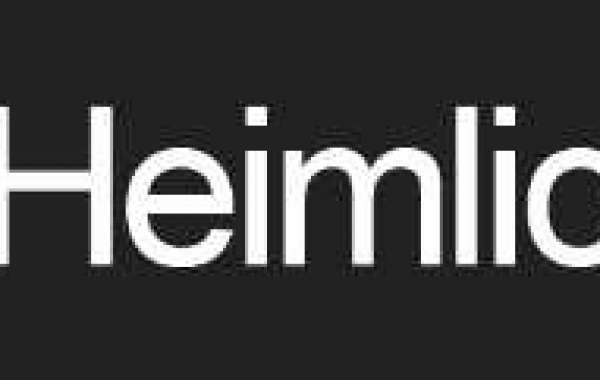The teledermatology market size is expected to reach USD 65.64 billion by 2030 at 20.8% CAGR during the forecast period 2022 – 2030. One of the most important uses of e-health and telemedicine is teledermatology, a branch of dermatology. When detecting cases of melanoma from lesion photos via teledermatology, novel developments in deep learning, a type of artificial intelligence (AI), have been used. According to predictions made by the smartphone industry, customers worldwide will have access to deep learning-capable technology within the next ten years, thanks to the widespread adoption of next-generation handsets. Through audio, video, and data connection, telecommunication technologies are employed in this industry to transmit medical information over a range of distances.
A growing number of skin diseases are being reported due to an aging population and a lack of dermatologists, and this is expected to propel the market to profitable growth over the projected period. As a result, patients must wait a long time for consultations. Controlling skin diseases offers several advantages, including treatment, consultation, diagnosis, and education. The expanding use of teledermatology, the incorporation of machine learning and artificial intelligence and the rise in skin disorders drive the market. Artificial intelligence is one of the major trends driving market expansion. Healthcare organizations are quickly expanding their telemedicine initiatives and embracing long-distance consultations.
Segmental Analysis
By modality, the market is segmented into store forward and real-time. By type, the market is segmented into products, including software and hardware, and services, including tele-consulting, tele-monitoring, and tele-education. By end user, the market is segmented into payers, providers, and patients.
Detailed Regional Analysis
The North American region has been influenced by favorable government backing and increased teleconsultation needs since COVID-19. The Asia-Pacific region is anticipated to see the quickest growth during the projection period. The increase in consumer spending, the presence of well-known players, and awareness of teleconsultation in metropolitan areas are the factors driving the market's expansion. The region's market is expanding due to mobile technology improvements and expanded network coverage. The lack of a suitable network among underserved and underprivileged populations in emerging nations hampers the development of the market. Due to unreliable and low-bandwidth internet, nations like Afghanistan, Bangladesh, Africa, and others are experiencing internet problems. Secure internet services are also necessary to protect sensitive patient data, which will slow industry expansion.
Competitive Analysis
The focus on sustainability-related goals is expected to hasten the next development phase in the global market. It is anticipated that higher corporate RD expenditures will hasten market expansion. Future market growth is anticipated to be turbulent since a slow return to normalcy is possible. Lockdown restrictions are sporadically abolished or implemented in several nations, which might impede market expansion. The leading market players are expected to implement strategies to bolster and enhance their global positions via acquisitions and the launch of new products. The efficient and sophisticated use of raw materials is expected to create development prospects over the projection period. Due to improvements in cloud-based electronic medical records (EMRs) and the adoption of service as software, emerging technologies will present chances for the expansion of teledermatology in the next years (SaaS). The researchers observed that roughly 40% of American patients could benefit from teledermatology without a face-to-face session.
The prolific contenders in the teledermatology market are Digital Diagnostics (US), MetaOptima (Canada), Miiskin PRO (Denmark), MDLIVE Inc. (US), DermTech, Inc. (US), OnlineDoctor (Switzerland), Hims Hers (US), CureSkin (India), FirstDerm (US), and 3Gen (US).
About US:
Market Research Future (MRFR), enable customers to unravel the complexity of various industries through Cooked Research Report (CRR), Half-Cooked Research Reports (HCRR), Raw Research Reports (3R), Continuous-Feed Research (CFR), and Market Research Consulting Services








